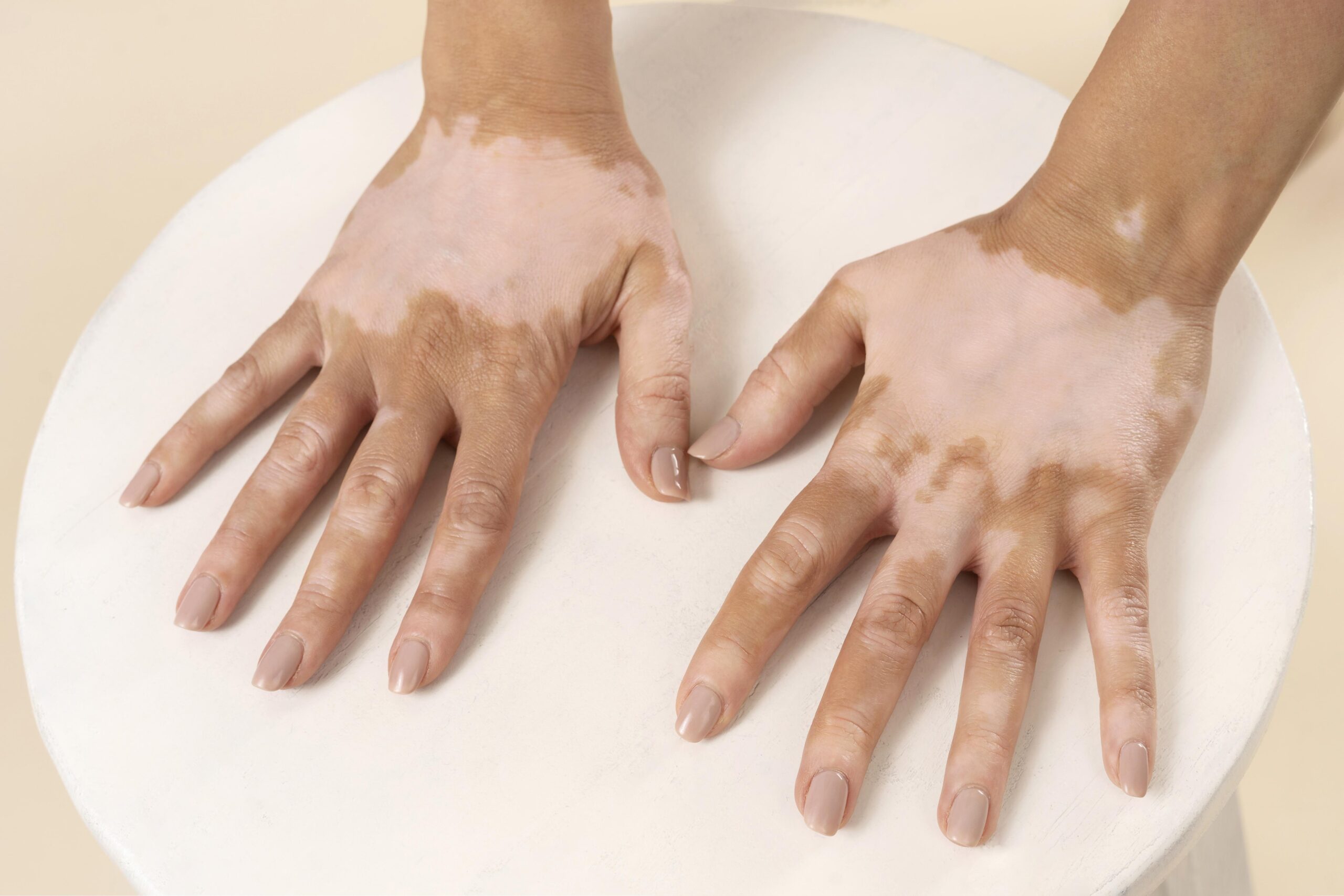
Vitiligo is a skin condition where patches of skin lose their natural color due to the absence of melanin, the pigment responsible for skin tone. These patches can appear anywhere on the body and may gradually spread over time. Although it is not contagious or harmful to physical health, vitiligo can have a strong emotional and social impact.
Vitiligo occurs when pigment-producing cells (melanocytes) are destroyed or stop functioning. Common contributing factors include:
While there is no single cure, effective treatments can help restore pigmentation and control spreading:
SK DURMIQE B 56 SEC 88 GREATER FARIDABAD
NAMAN SKIN HAIR AND LASER CLINIC 5J/101 KC Road Faridabad